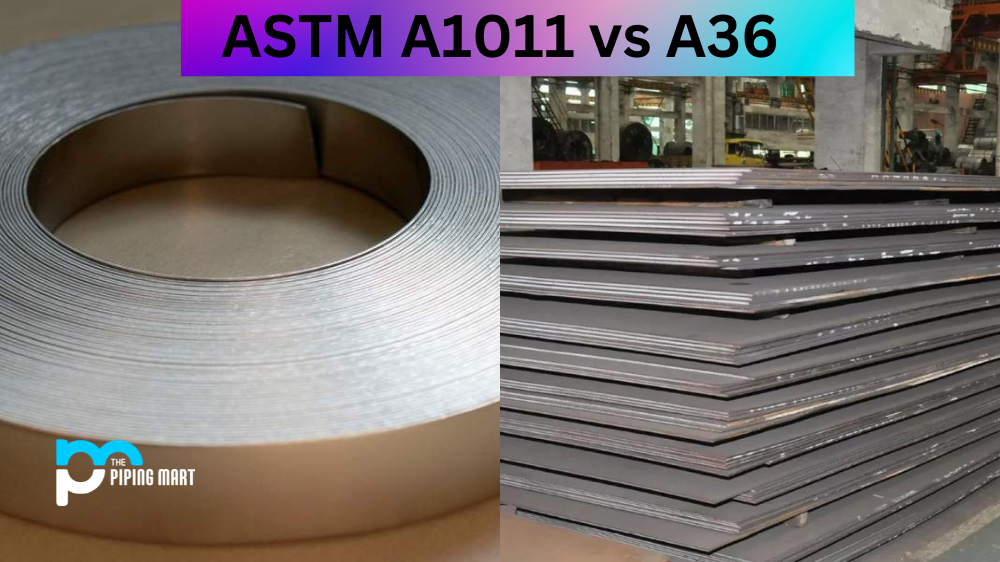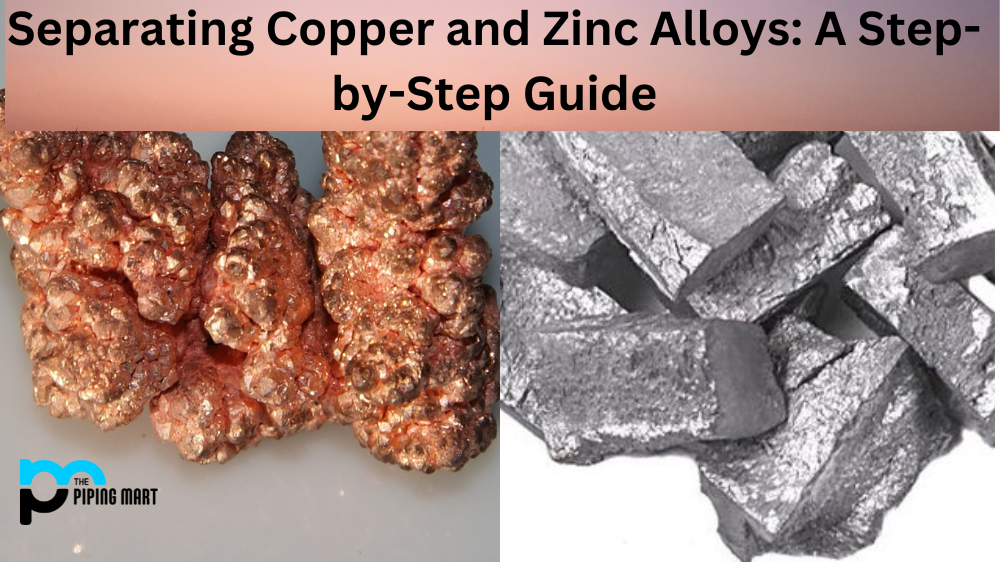Steel is one of the most versatile materials used in various industries worldwide. It is widely used in construction, automobile, aerospace, and household applications. The project requirements determine the selection of steel, and it’s essential to choose the right type of steel for every application to achieve the desired outcomes. Two popular steel types are vanadium steel and alloy steel. This blog post will discuss the differences between vanadium and alloy steel and help you understand which suits your project.
What is Vanadium Steel?
Vanadium is an element often used as an alloying agent in steel. It adds strength, toughness, and wear resistance to the final product. Vanadium steel is known for its high strength-to-weight ratio, making it an ideal choice for construction, aerospace, and automotive applications. It can also withstand high temperatures without losing its structural integrity. Vanadium steel is typically used in parts that require high strength, such as gears, springs, and turbine blades.
What is Alloy Steel?
Alloy steel is a type of steel that contains various alloying elements, such as chromium, nickel, and molybdenum. These elements are added to improve the mechanical properties of the steel. Alloy steel is known for its high strength, corrosion resistance, and durability. It is often used in construction, automobile, and oil and gas industries. Alloy steel is also used in making machine parts, tools, and cutlery.
Difference Between Vanadium Steel and Alloy Steel
Vanadium steel is more expensive than alloy steel due to the high cost of the raw material. However, vanadium steel has superior strength and toughness compared to alloy steel. It can withstand high temperatures, making it suitable for high-performance applications such as the aerospace and automotive industries. On the other hand, alloy steel is more affordable than vanadium steel, making it a popular choice in many industrial applications. It is also known for its excellent corrosion resistance, making it a preferred material in the oil and gas industry.
Applications
Vanadium steel is commonly used in high-performance applications such as aircraft engines, missile components, and high-speed tools. It also manufactures springs, gears, and other components that require high-strength properties. Alloy steel, on the other hand, is widely used in construction, automobile, and machine-building industries. It is preferred for producing gears, shafts, and other parts that require durability and wear resistance.
Composition
Vanadium steel is an alloy steel that contains carbon, iron, and vanadium. The vanadium content of vanadium steel is usually between 0.15% and 0.6%. Alloy steel is a type of steel that contains one or more alloying elements, such as manganese, silicon, nickel, titanium, copper, chromium, or aluminum. The carbon content of alloy steel is usually between 0.30% and 1.2%.
Properties
Vanadium steel is known for its high strength and toughness. It also has good resistance to wear and corrosion. Alloy steel also has high strength and toughness, but it may not have the same level of resistance to wear and corrosion as vanadium steel.
Conclusion
Vanadium and alloy steel are two different types of steel, each with unique properties and applications. Choosing the right type of steel depends on the project requirements. If the project demands high-strength and high-temperature resistance, vanadium steel is the best choice. On the other hand, if the project needs affordability and corrosion resistance, alloy steel is a more viable option. Understanding the properties and applications of these two steel types will help you make the best decision for your project.

A passionate metal industry expert and blogger. With over 5 years of experience in the field, Palak brings a wealth of knowledge and insight to her writing. Whether discussing the latest trends in the metal industry or sharing tips, she is dedicated to helping others succeed in the metal industry.




